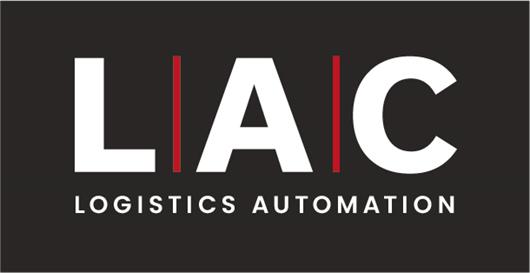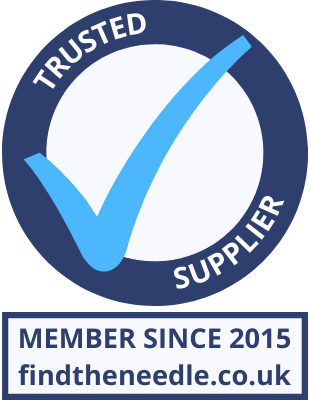 Add My Company
Add My Company

Numerous types of conveyors can be integrated into the food manufacturing process to automate and streamline the production and transport of produce from one area of the assembly line to another.
Belt conveyors are amongst the most common and integral components of any automated food production process. One of the key considerations for the food production industry is the belting material due to the high standards expected from them.
At LAC Logistics Automation, we provide a range of hygienic belt conveyors widely used throughout all sectors of the food industry including meat, poultry, salads, ready meals, and baked foods. These include:
- Chemical resistant
- Food grade Belting
- Antimicrobial grade belting
- Thermo drive
- Thermoplastic polyurethane (TPU)
- Abrasive-resistant coating
- Modular Belting
- Slat Chain
- Blade resistant
- Rubber PU Belting
Selecting the Ideal Belting Material for Belt Conveyors
The composition of belting materials may appear similar in their raw form, but they can vary significantly. This decision is a key choice that can profoundly impact your plant’s productivity.
To optimise your plant’s belt conveyors effectively, it is imperative to carefully consider the appropriate belt material for each specific area of your operation. The industry you operate in and its unique material handling demands, ensure that your belt conveyors operate effectively within your logistics or manufacturing system.
Making a poor material selection for your belt conveyors can lead to a range of consequences, including breakages resulting in unscheduled downtime and increased costs, reduced yield and material degradation or loss of saleable product due to contamination by foreign substances.
To prevent or mitigate such issues, it is essential for food processors and equipment manufacturers to make wise choices when it comes to belt materials. To explore the key factors involved in selecting the right material for your belt conveyors, we consulted our experts who specialise in developing, testing, and recommending belt materials for our food manufacturing clients.
Considerations for Choosing the Right Belting Material:
Applications
Assess whether the belting needs to withstand heavy impacts or varying temperatures, such as high heat during frying or extreme cold during freezing. Additionally, determine if the belt conveyor will be submerged in a dip tank or come into contact with specific substances during processing.
For instance, in environments like flour processing plants, fine particulates might pose a unique challenge with potentially explosive results. Each application along the processing line has its distinct temperature, physical, and chemical requirements.
Tailor the choice of belt conveyor material to withstand the impacts associated with each specific application. Take into account the distinctive demands of the area in question compared to other parts of the plant.
If your belting must be stored before use, it is essential to shield it from sunlight exposure. Many materials are not resistant to prolonged UV light exposure and may degrade over time.
Environment
Considering the environment surrounding the belt conveyor is vital. Avoid handling potentially hot material on belt conveyors that do not have specific heat-resistant belting, or in the processing of food products coming from high-temperature environments such as ovens. Moreover, various environmental factors within a food plant should be taken into account.
Temperature conditions, chemical exposure, mechanical strength requirements, and possible belt material expansion due to moisture are all factors that must be considered.
The ultimate goal is to achieve long-lasting, reliable, and food-safe performance with belt conveyor materials. Consulting your belting partner will provide valuable insight into selecting materials that work seamlessly and reliably in your specific environment.
Product
The nature of your product is a key consideration when choosing the belting material for your belt conveyor. There are a few questions that you should be considering when making a decision.
Does the product being conveyed possess unique characteristics? For example, if your facility processes sticky foods, certain polymers are better suited for smooth product release during transfers. Opting for the right belt conveyor material can increase product yield and reduce carryover.
Abrasive ingredients, such as sugar or cornmeal, can wear and damage belt conveyors that are not designed to withstand rough or grainy foods. However, materials specifically engineered to handle such challenging products are available.
Since the belt conveyor comes into direct contact with food, its physical and chemical properties should play a significant role in determining the ideal material to use.
Belting Solutions at LAC Logistics Automation
In your food processing facility, your choice of belting material need not be a source of problems. You can rely on our team of specialists at LAC Logistics Automation to provide the right belting solution for your operation. Our food-safe conveyors are integrated into continuous feed solutions, with the ease to work seamlessly with upstream and downstream processes. Contact us today!
For more information on Finding The Right Belting Material For Belt Conveyors In Food Manufacturing Operations talk to L-A-C Logistics Automation

